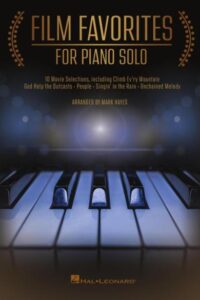Come join us now, and enjoy playing your beloved music and browse through great scores of every level and styles!
Can’t find the songbook you’re looking for? Please, email us at: sheetmusiclibrarypdf@gmail.com We’d like to help you!
Table of Contents
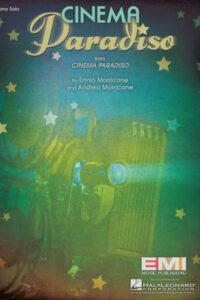
Best Sheet Music download from our Library.
Ennio Morricone (1928-2020)
Il miglior download di spartiti dalla nostra libreria.

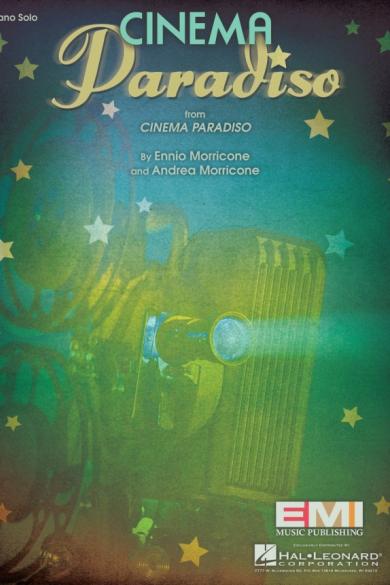
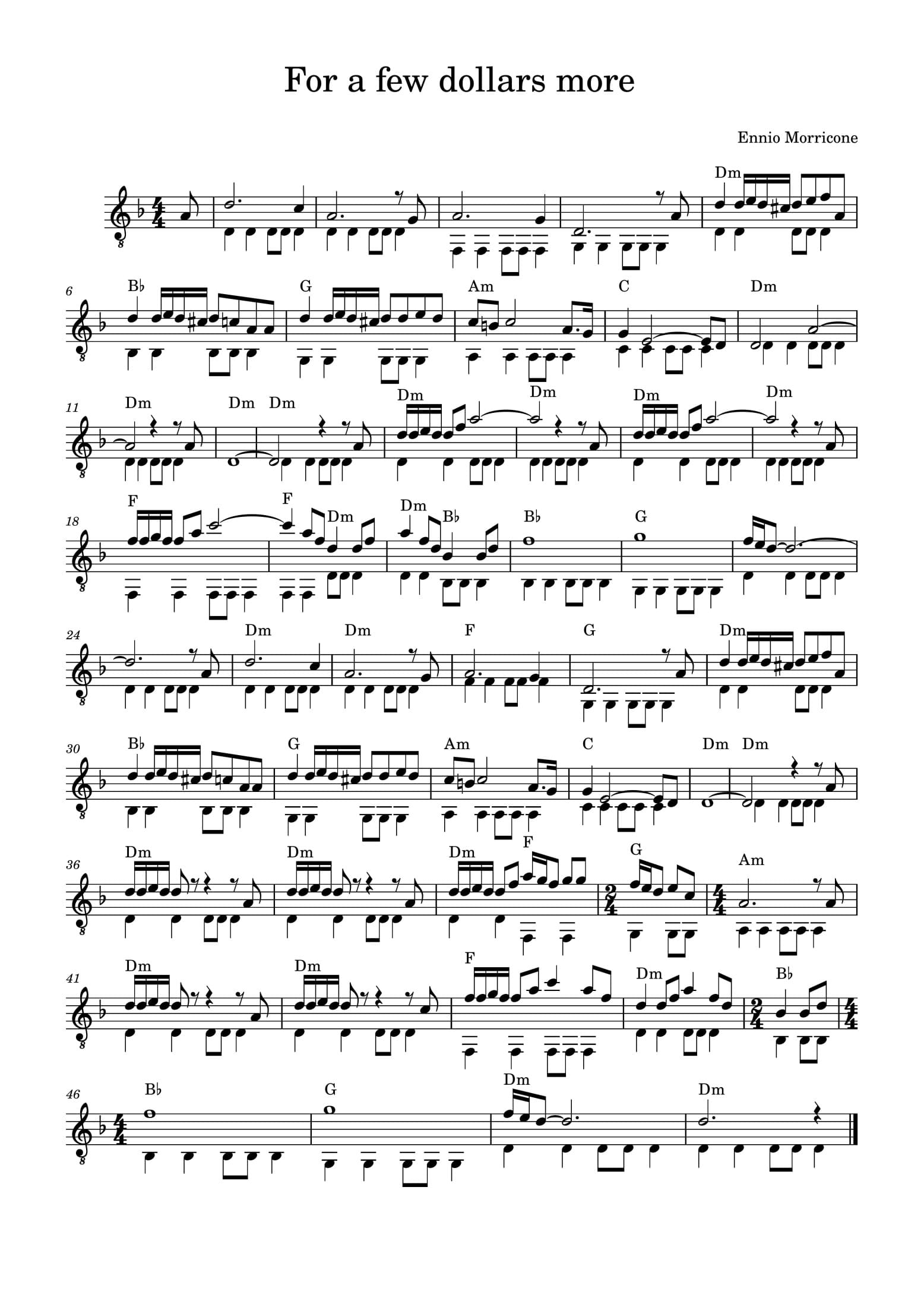
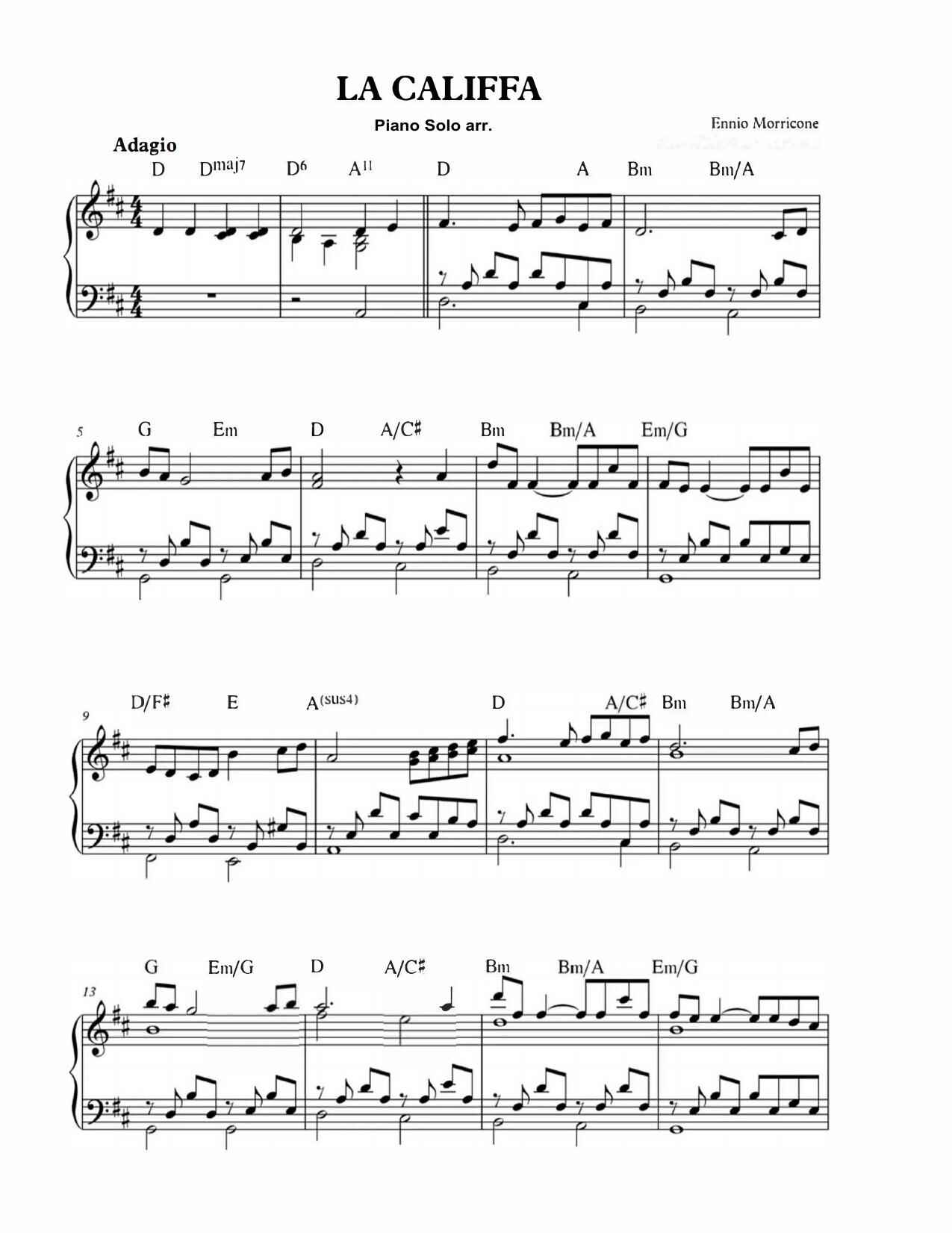
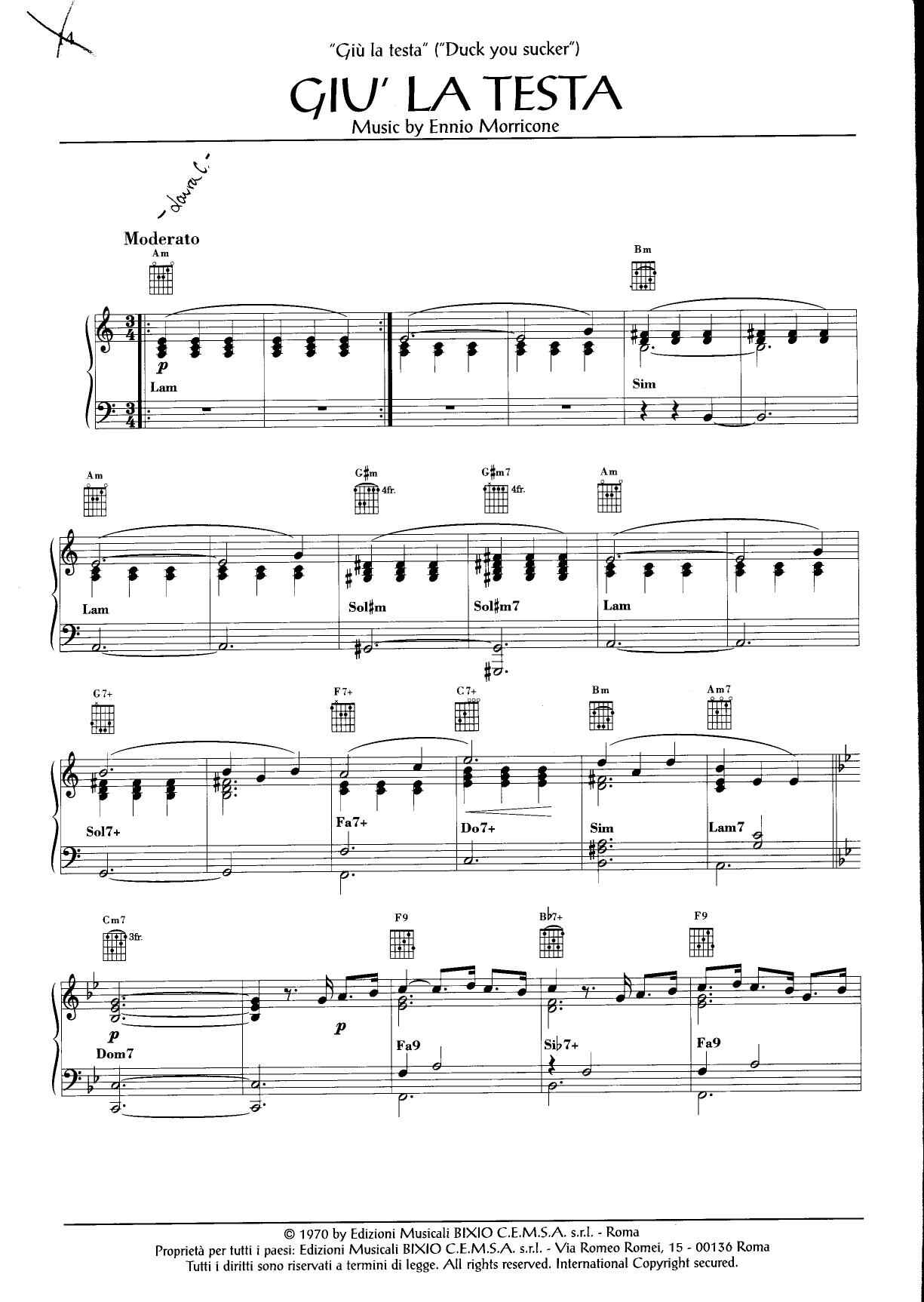
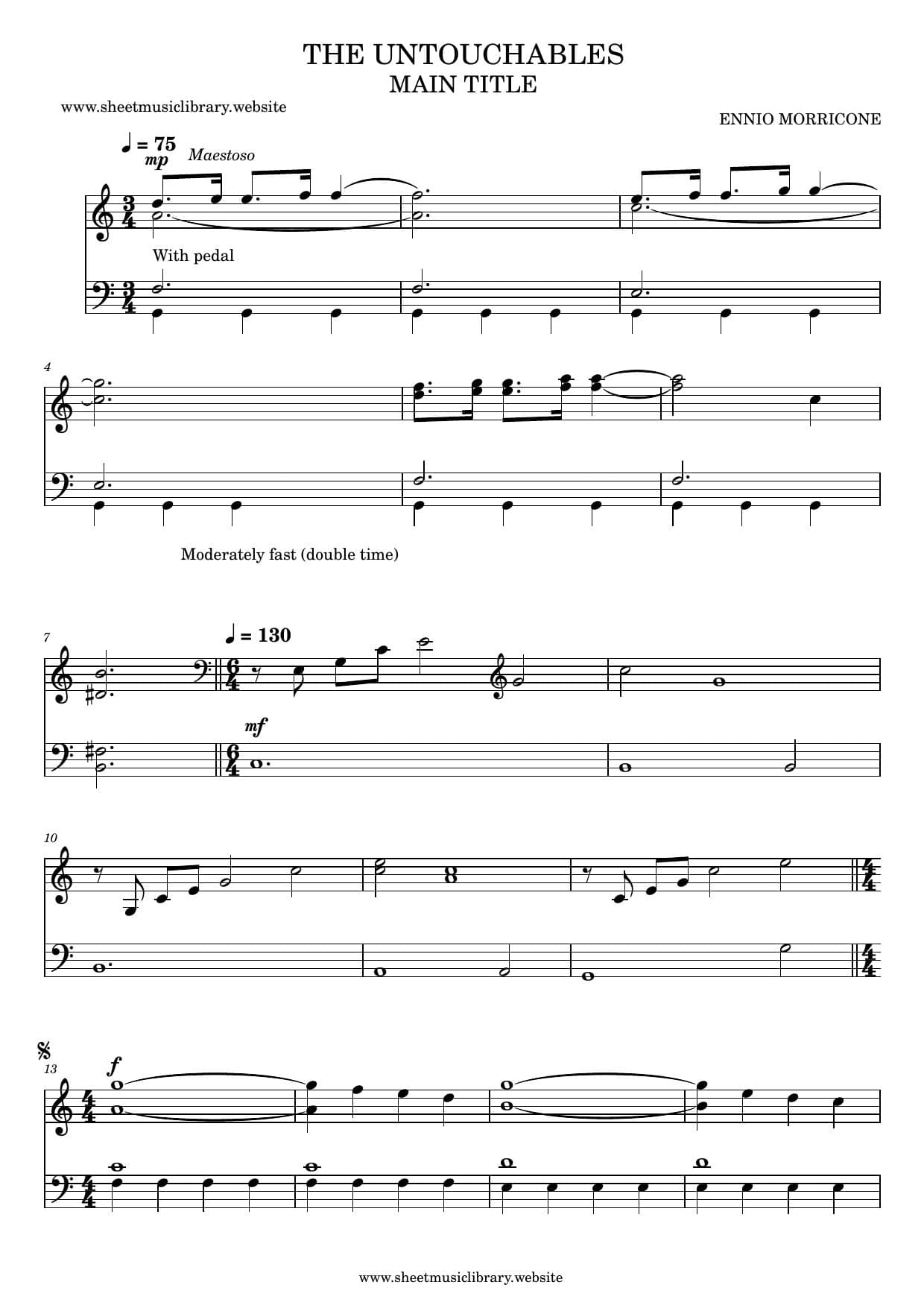

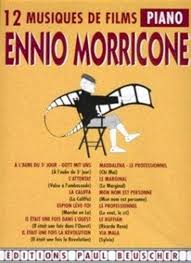


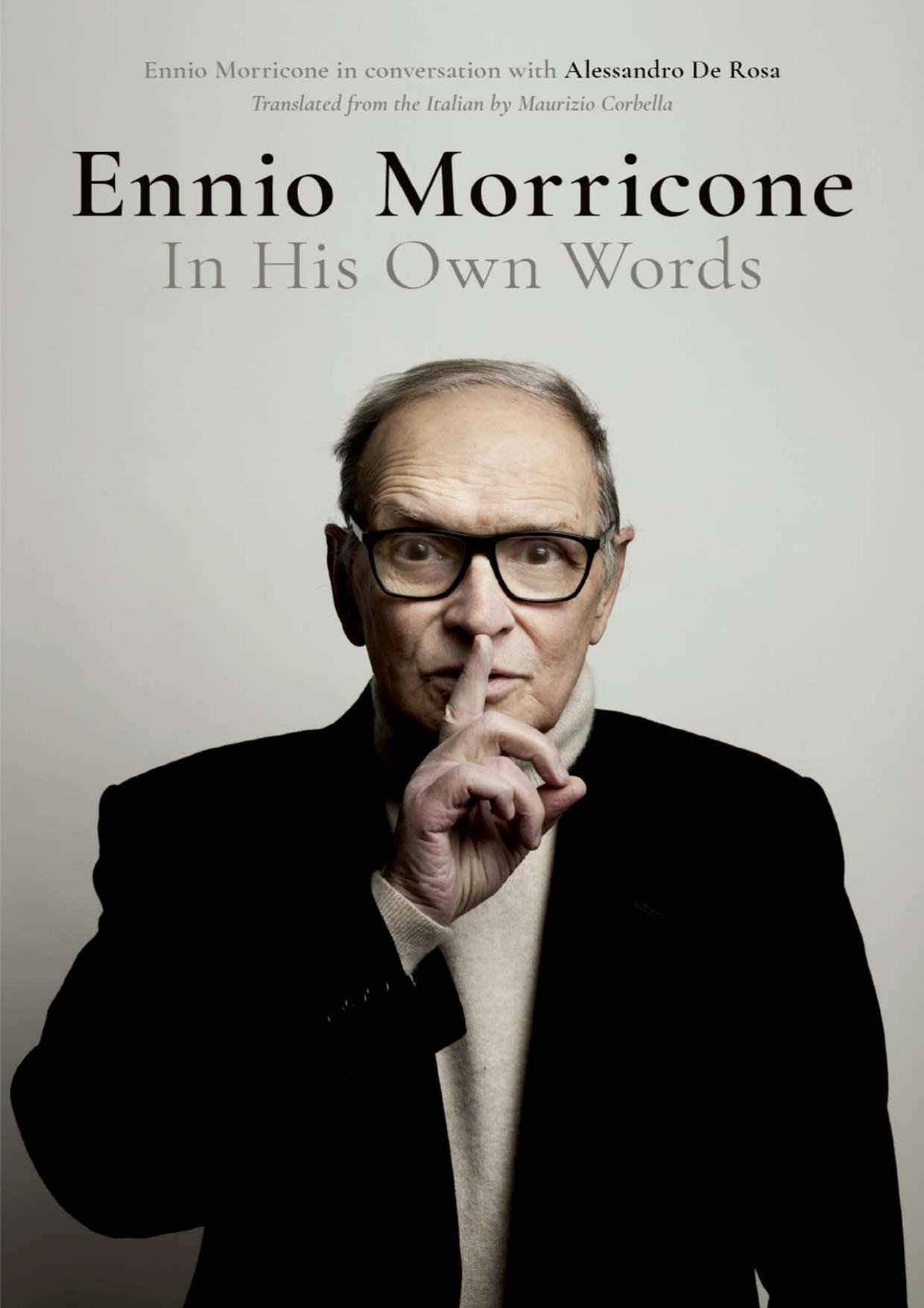
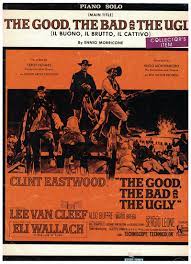

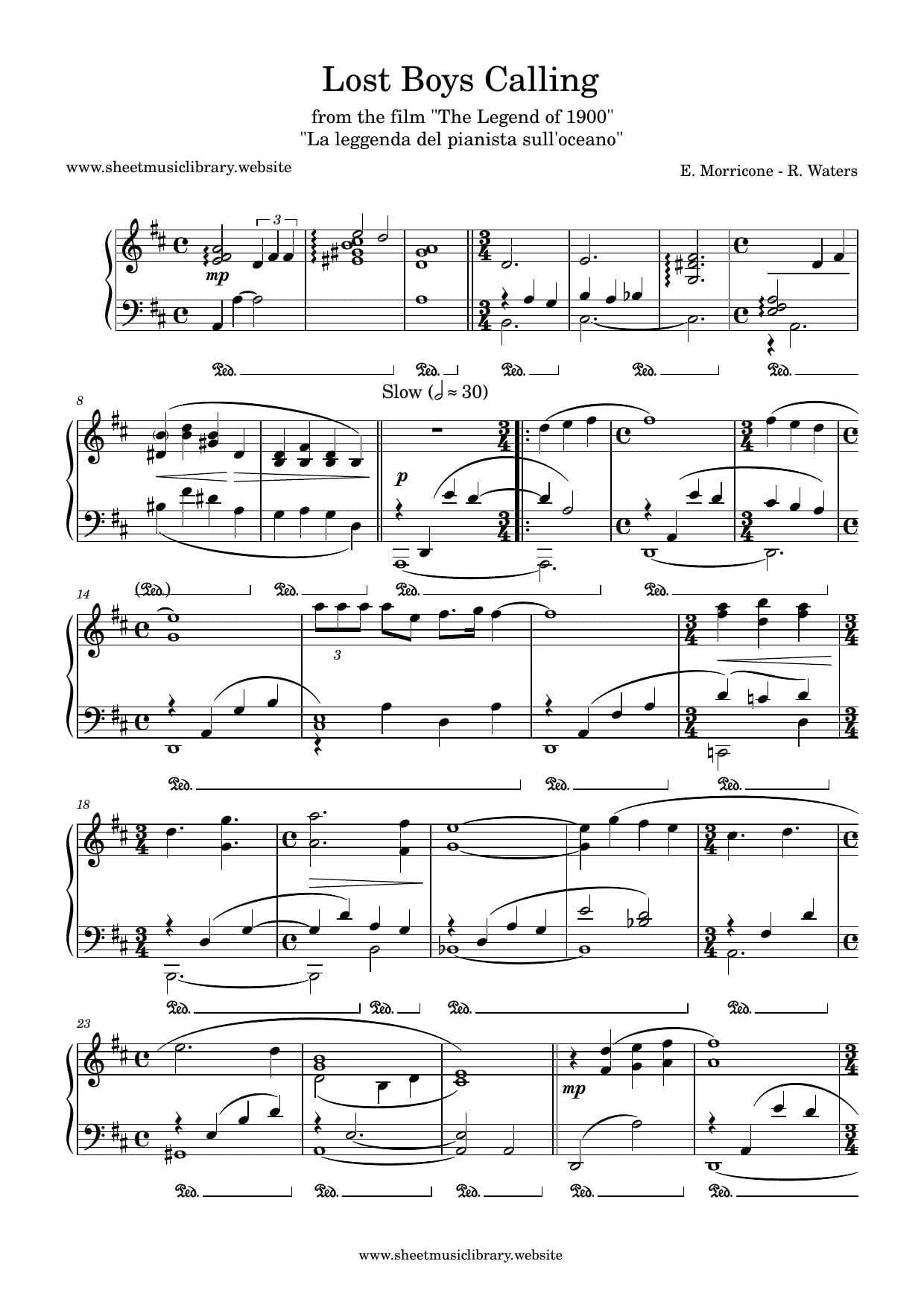
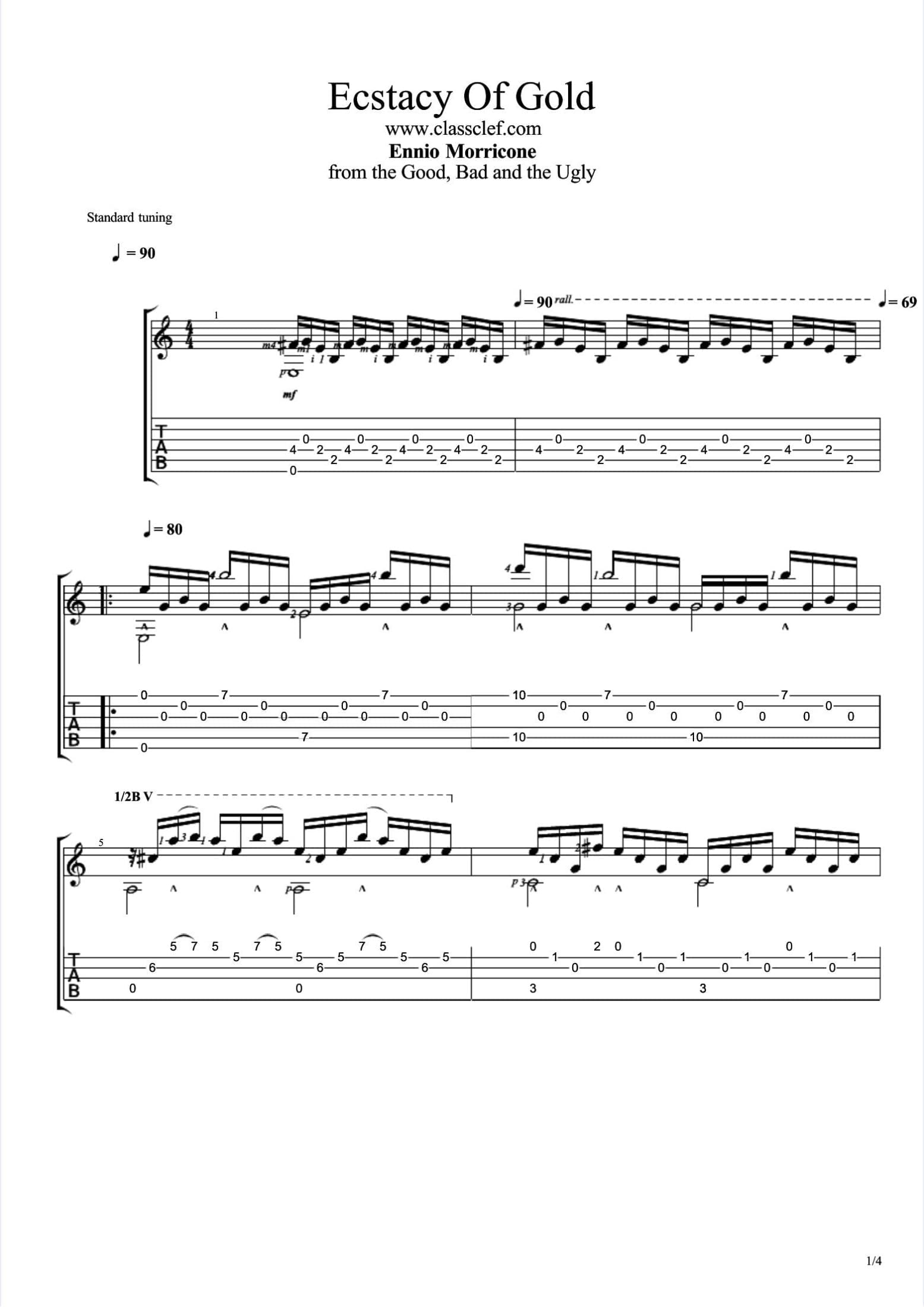
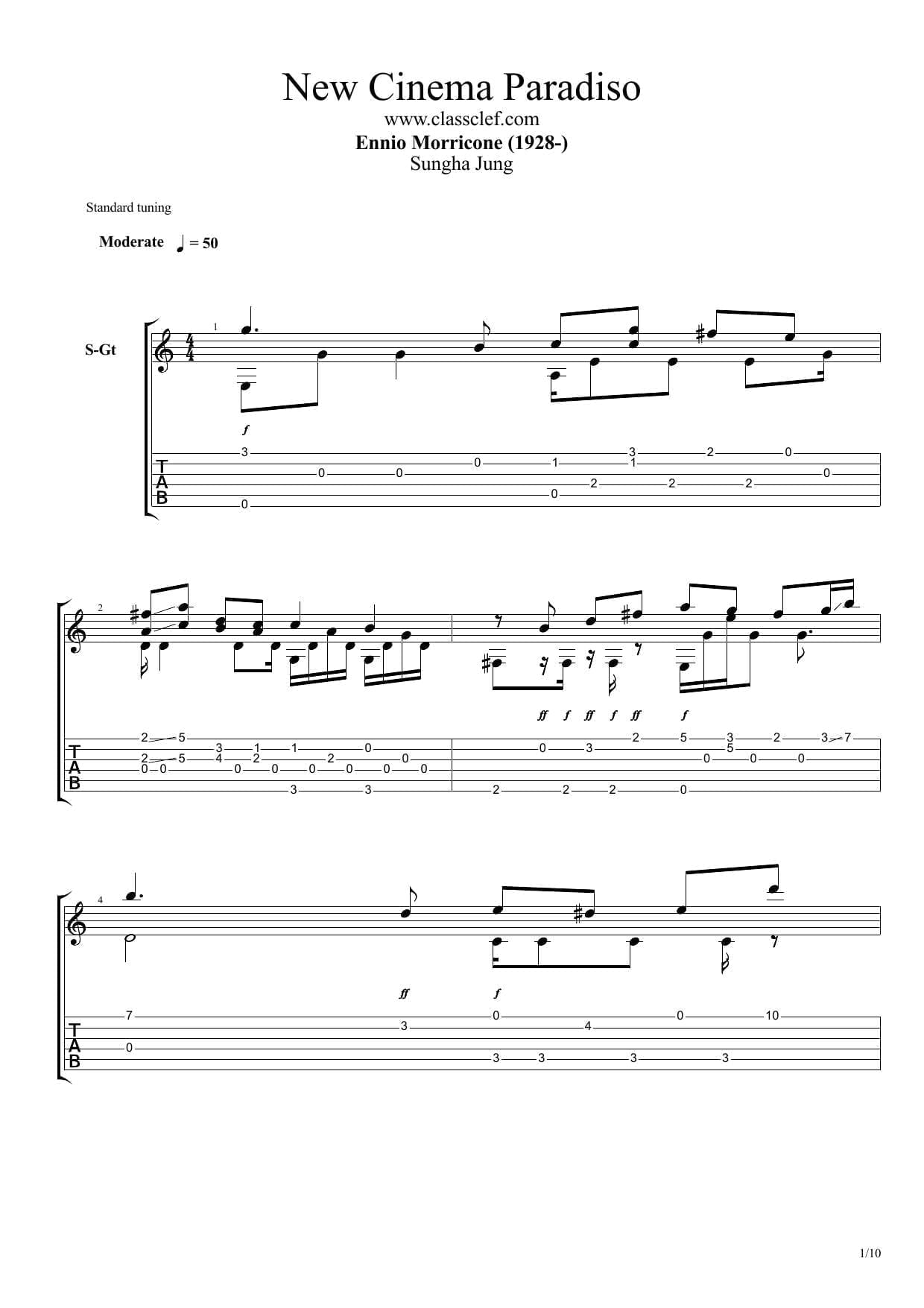
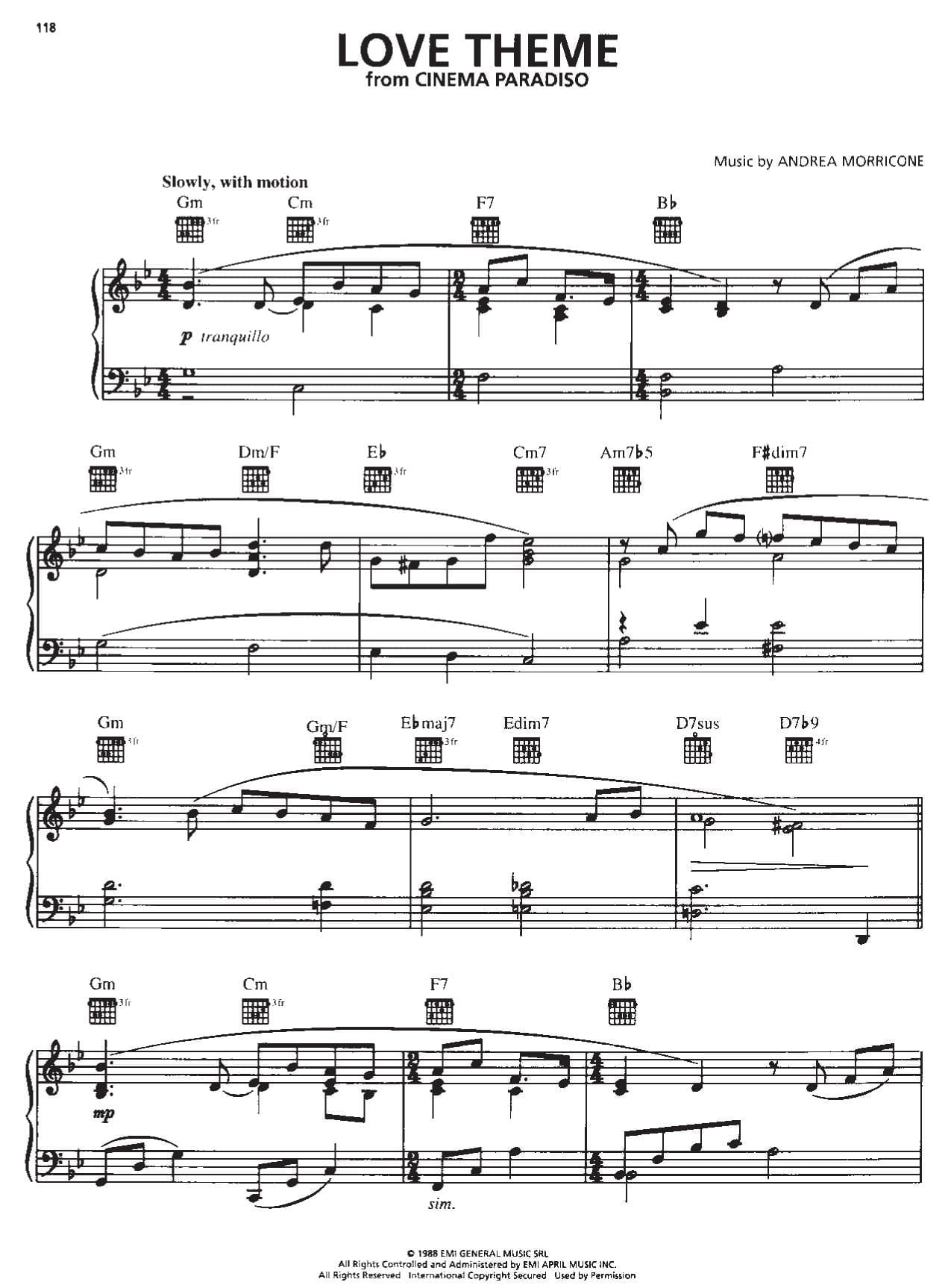
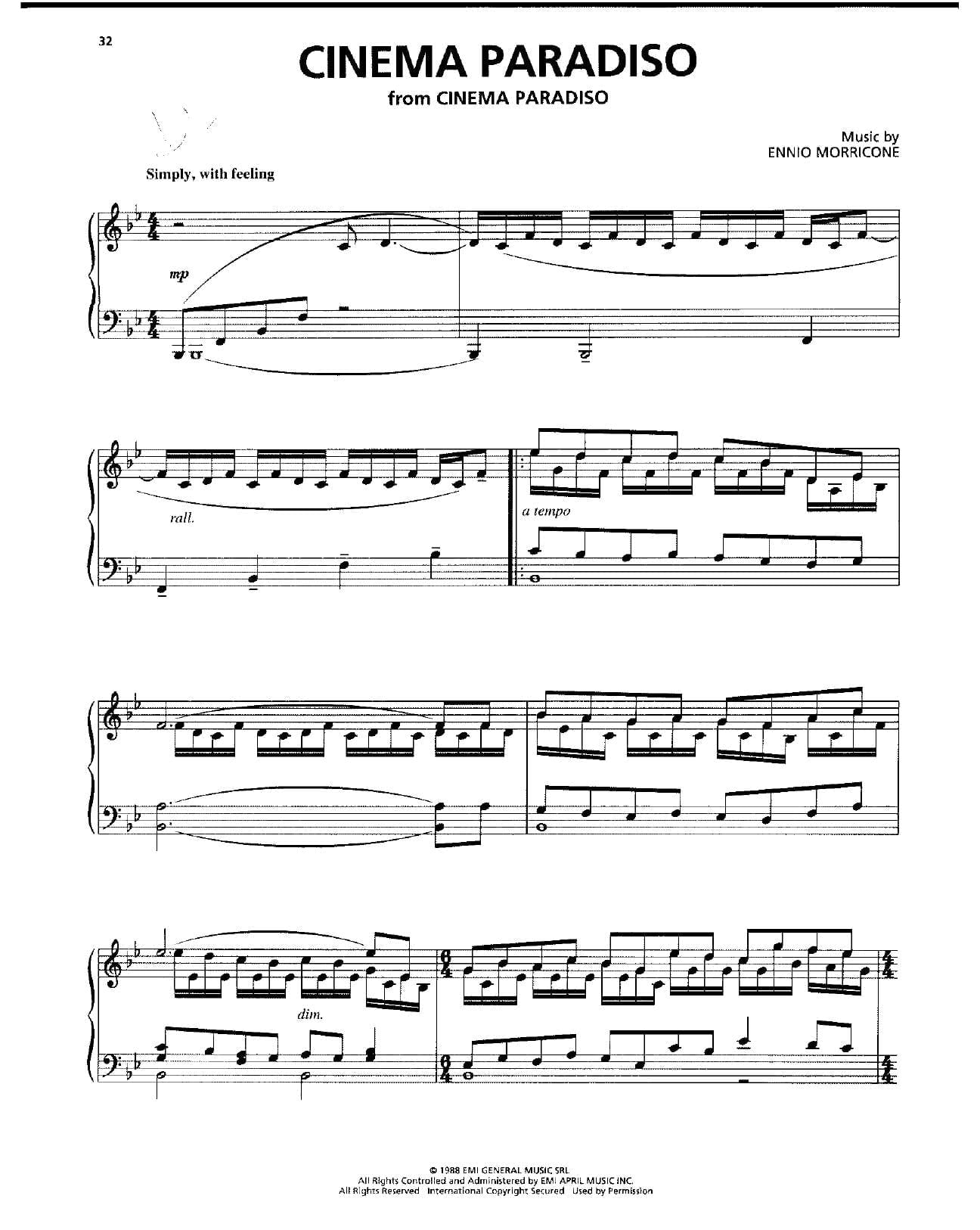



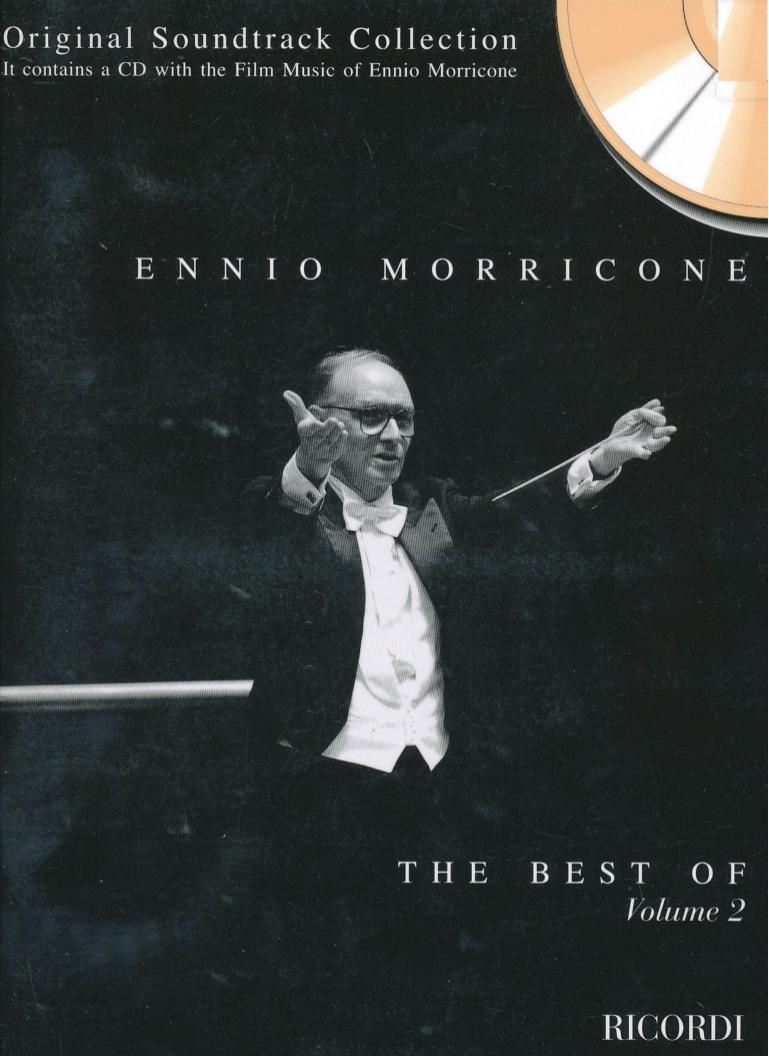


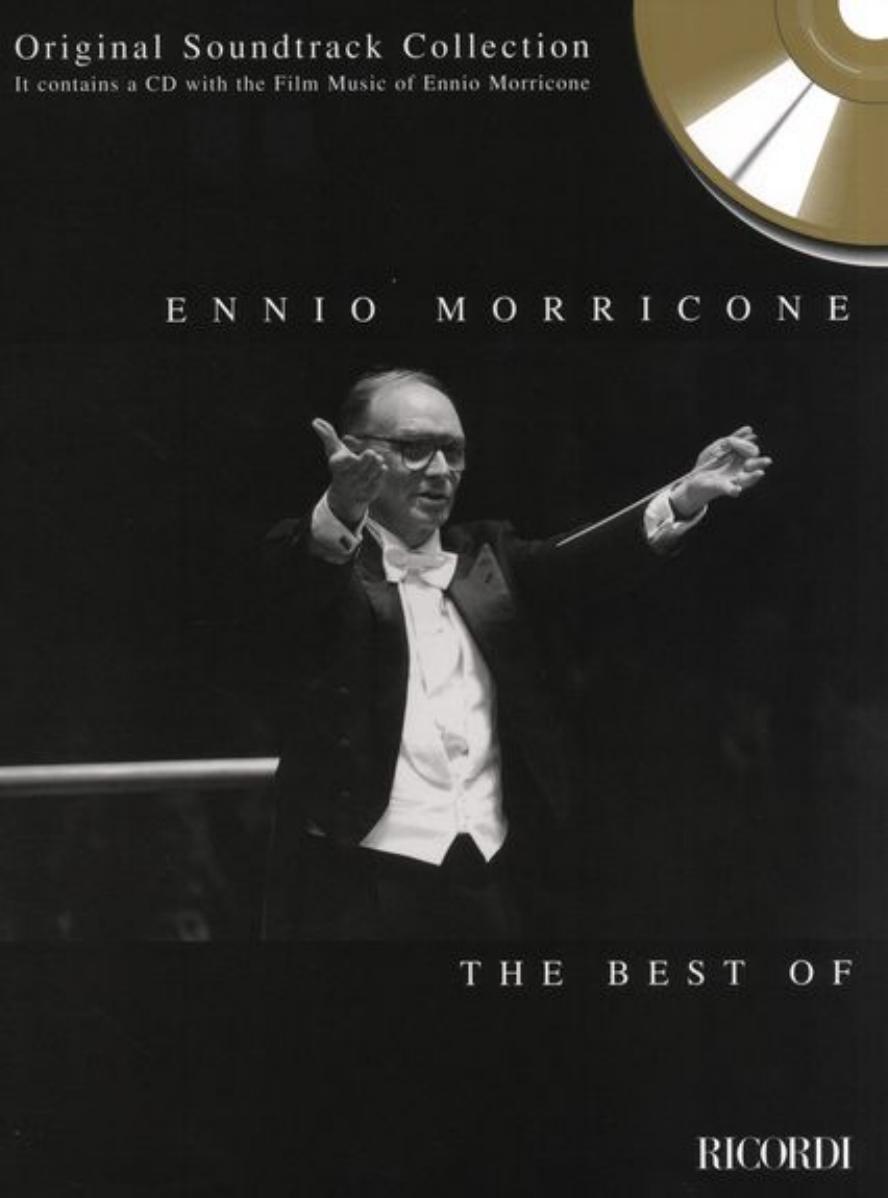
Please, subscribe to our Library.
If you are already a subscriber, please, check our NEW SCORES’ page every month for new sheet music. THANK YOU!
Browse in the Library:
Or browse in the categories menus & download the Library Catalog PDF:
Ennio Morricone – Amapola (Piano ver.) (sheet music, Noten, partitura, partition, spartiti)
From Once Upon A Time In America (“C’era una Volta in America” The Music of Ennio Morricone)
Search your favorite Sheet Music of Film, movie and musicals.
The Maestro of Emotion: An Exhaustive Study of Ennio Morricone
Ennio Morricone was not merely a composer; he was an architect of emotion, a sonic painter who defined the landscapes of cinema for over half a century. His name is synonymous with the sound of the Italian West, yet his genius extended far beyond the dusty plains of Cinecittà, permeating every genre from arthouse drama to political thriller. With a career spanning more than 400 film scores, Morricone revolutionized the relationship between image and sound, crafting a unique, instantly recognizable musical language that continues to inspire awe and reverence. To understand Morricone is to understand the evolution of modern film scoring itself.

Biography: The Roman Prodigy
Ennio Morricone was born on November 10, 1928, in Rome, Italy. His father, Mario, was a professional trumpet player, and his mother, Libera Ridolfi, nurtured a love of music in the household. This early exposure was fundamental; Ennio began composing at the age of six. Recognizing his prodigious talent, his father enrolled him in the prestigious Santa Cecilia Conservatory at the age of twelve.
Under the tutelage of Goffredo Petrassi, a leading figure in 20th-century Italian classical music, Morricone received a rigorous and comprehensive education. He earned a diploma in trumpet in 1946 and in composition in 1954. Petrassi’s influence—particularly his mastery of counterpoint, modernism, and the fusion of traditional and contemporary techniques—would deeply inform Morricone’s own compositional voice, even in his most popular works.
To support his young family (he married Maria Travia in 1956), Morricone began working as a studio arranger for RCA Victor and later for the Italian radio network RAI. This period was his crucible. He arranged and orchestrated thousands of songs for pop artists, most notably for his former elementary school classmate, Gianni Morandi. This work honed his skills in efficiency, instrumentation, and understanding the commercial music landscape, all while he continued to write avant-garde classical pieces for Gruppo di Improvvisazione di Nuova Consonanza, an experimental ensemble he co-founded.

His entry into cinema was gradual, beginning with ghostwriting and orchestrating for established film composers. His first credited solo score was for Luciano Salce’s Il Federale (The Fascist, 1961). However, it was a fateful reunion with another former schoolmate, Sergio Leone, that would catapult him into the cinematic stratosphere. Their collaboration on A Fistful of Dollars (1964) didn’t just launch the “Spaghetti Western” genre; it forever changed the sound of the American West.
Morricone worked at a relentless pace throughout the 1960s, 70s, and 80s, scoring films for virtually every major Italian director and many international ones. He received widespread critical acclaim, though the Academy Awards notoriously overlooked him for decades. This was finally rectified with an Honorary Oscar in 2007. He continued composing concert music and film scores well into his late 80s, culminating in his final work for Quentin Tarantino’s The Hateful Eight (2015), for which he won his first competitive Academy Award for Best Original Score at the age of 87.
Ennio Morricone passed away on July 6, 2020, in Rome, following complications from a fall. His death was met with global mourning, a testament to the profound and universal impact of his music.

Music Style and Harmony: Deconstructing the Morricone Sound
Morricone’s style is a masterful and idiosyncratic synthesis of his diverse experiences: classical counterpoint, avant-garde experimentation, pop sensibility, and a profound melodic gift. He refused to be constrained by genre conventions, instead building a new sonic world from disparate elements.
1. Unconventional Instrumentation and Soundscapes:
Morricone treated the orchestra as a vast palette of colors and textures. He was famous for incorporating non-musical and unconventional sounds to create immediate atmosphere:
- The Ocarina and Pan Flute: Used for a primitive, folk-like quality (e.g., the lonely ocarina in Once Upon a Time in the West).
- The Jew’s Harp: Provided a twanging, percussive rhythm, perfect for horseback riding.
- Electric and Slide Guitars: Reimagined the traditional Western sound, giving it a modern, edgy feel.
- The Fender Rhodes Piano: Added a strange, ethereal, and haunting quality.
- Whistling: Often performed by Alessandro Alessandroni, it became a signature sound of cool detachment (e.g., A Fistful of Dollars).
- Whipcracks, Gunshots, and Animal Calls: Integrated directly into the rhythmic structure of the music.
- Wordless Vocals: Edda Dell’Orso’s soaring, operatic soprano voice was used not to sing lyrics but as an pure, emotional instrument, creating moments of breathtaking beauty and haunting unease.
2. Melodic Genius and Thematic Development:
At the heart of even his most experimental works lies a powerful, memorable melody. Morricone understood that a strong theme could serve as the emotional anchor for a film. His themes are often simple, built on pentatonic scales or folk-like structures, making them instantly memorable. He would then subject these themes to intricate variation, changing the instrumentation, harmony, and rhythm to reflect a character’s journey or a shifting narrative context. The theme for Once Upon a Time in the West is a prime example, evolving from a lonely harmonica melody to a full, tragic orchestral elegy.
3. Chord Progressions and Harmonic Language:
Morricone’s harmony is where his classical training and avant-garde interests are most apparent. He moved far beyond simple triadic harmony.
- Modal Interchange and Unexpected Shifts: He frequently borrowed chords from parallel minor or major scales, creating sudden, poignant emotional shifts. A progression might move from a bright C major to a somber C minor chord, instantly changing the mood.
- Planing and Parallel Harmony: He would move entire chord structures up or down in parallel motion (a technique common in Debussy and impressionist music), creating a surreal, dreamlike, or menacing effect. This is evident in the suspenseful cues of The Thing.
- Dissonance and Cluster Chords: Influenced by his work with Nuova Consonanza, he wasn’t afraid to use harsh, dissonant clusters to create tension, horror, and psychological unease.
- Basso Ostinato (Ostinato Bass): A foundational element of his Western scores. A simple, repetitive bass line (often just two or three notes) would create a relentless, driving rhythm over which complex melodies and counter-melodies could unfold. This gave the music a primal, pulsing energy.
4. Counterpoint and Textural Layering:
Morricone was a master of counterpoint. His compositions are often dense tapestries where multiple independent melodic lines interact simultaneously. The famous opening of The Good, the Bad and the Ugly is a perfect study: a coyote call (simulated by human voice), a haunting two-note melodic figure, a driving ostinato bass, a twanging electric guitar, and a powerful trumpet theme all occupy their own space yet combine to create a cohesive and iconic whole.
“Improvisational Licks” and Signature Motifs
While Morricone’s music was meticulously composed and notated, it often contained elements that felt improvisational, contributing to its raw, immediate energy.
- The Trumpet Lick: Morricone, a trumpet player himself, wrote incredibly demanding, expressive parts for the instrument. The solos, often played by Michele Lacerenza, are characterized by extreme dynamics, wide vibrato, dramatic falls, and a passionate, almost vocal quality. They feel like a lone voice crying out in a vast landscape.
- The Wah-Wah Guitar: The guitar parts in his Westerns, frequently played by Bruno Battisti D’Amario, are not traditional solos but textural elements. The use of the wah-wah pedal creates a vocal, “crying” sound that mimics human speech or an animal call, adding a layer of strange, unpredictable energy.
- Alessandroni’s Whistling: While composed, the whistling has a spontaneous, casual feel to it, as if the character is effortlessly expressing themselves.
Cooperation with Other Artists
Morricone’s collaborations are legendary, each bringing out a different facet of his talent.
- Sergio Leone (The Definitive Partnership): This was more than a collaboration; it was a symbiotic creative fusion. They worked so closely that the music was composed during filming, and Leone would often choreograph the actors’ movements and editing to Morricone’s completed tracks. Their work together on the “Dollars Trilogy” and the “Once Upon a Time” films redefined the Western genre. Leone provided the epic vision, and Morricone provided its soul.
- Gillo Pontecorvo (The Political Voice): For Pontecorvo’s gritty, verité-style masterpiece The Battle of Algiers (1966), Morricone created a score that was a character in itself. Using driving military snare drums, haunting folk melodies, and dissonant brass, he mirrored the tension, passion, and tragedy of revolutionary struggle without ever succumbing to melodrama.
- Giuseppe Tornatore (The Lyrical Partner): Their partnership, beginning with the beloved Cinema Paradiso (1988), represented the late, lyrical peak of Morricone’s career. The scores for Tornatore’s films are overwhelmingly beautiful, nostalgic, and deeply sentimental, showcasing Morricone’s unparalleled gift for melody and lush, romantic orchestration. This includes The Legend of 1900, Malèna, and The Best Offer.
- Dario Argento (The Giallo Master): For Argento’s surreal horror films like The Bird with the Crystal Plumage (1970) and Suspiria (co-composed with the band Goblin), Morricone delved into the avant-garde. He used atonalism, jazz inflections, children’s nursery rhymes, and eerie vocalizations to create a pervasive sense of dread and psychological terror.
- Quentin Tarantino (The Ultimate Homage): Tarantino had used Morricone’s existing music as a “temp track” for years, acknowledging his supreme influence. For Django Unchained (2012), he used an unused previous composition, and for The Hateful Eight (2015), he convinced the retired maestro to write an original score. This full-circle moment earned Morricone his first competitive Oscar, a final, fitting tribute from a disciple of cinema.
Influences and Legacy
Influences: Morricone’s influences were vast and eclectic: the classical rigor of Petrassi and Bach’s counterpoint; the impressionist harmonies of Ravel and Debussy; the twelve-tone techniques of Schoenberg; the jazz of Miles Davis; and the popular Italian songbook he helped shape.
Legacy: Ennio Morricone’s legacy is immeasurable.
- He Elevated Film Music: He proved that a film score could be a complex, sophisticated, and integral work of art in its own right, worthy of concert hall performance.
- He Broke the Mold: He liberated film scoring from the dominant Hollywood Romantic tradition, introducing avant-garde techniques and pop sensibilities.
- He Inspired Generations: Nearly every major contemporary film composer, from Hans Zimmer and John Williams to Danny Elfman and Jonny Greenwood, cites his influence. His music is also heavily sampled in hip-hop and electronic music.
- The Sound of Cinema: He created a library of music that is inextricably linked to our collective cinematic consciousness. The sounds he pioneered are now shorthand for tension, romance, epic grandeur, and spiritual contemplation.
Major Works and Filmography (Selective)
- The Dollars Trilogy (1964-1966): A Fistful of Dollars; For a Few Dollars More; The Good, the Bad and the Ugly
- Once Upon a Time in the West (1968) – Often considered his masterpiece.
- The Battle of Algiers (1966)
- The Sicilian Clan (1969)
- Investigation of a Citizen Above Suspicion (1970)
- Sacco & Vanzetti (1971)
- The Mission (1986) – Featuring the famous “Gabriel’s Oboe.”
- The Untouchables (1987)
- Cinema Paradiso (1988)
- Legend of 1900 (1998)
- Malèna (2000)
- The Hateful Eight (2015)
Discography (A Tiny Fraction of His Output)
With over 400 scores, a complete discography is impossible. Key original score albums to seek out include all the films listed above. Additionally, many compilations and concert albums exist, such as “Morricone 60” and “The Ennio Morricone Experience,” where he conducted his works with major orchestras worldwide.
Most Known Compositions and Performances
- “The Ecstasy of Gold” (The Good, the Bad and the Ugly) – A breathtakingly energetic and dramatic piece, famously used by Metallica as their concert opener for decades.
- “Gabriel’s Oboe” (The Mission) – A piece of sublime, spiritual beauty.
- “Once Upon a Time in the West” – The main theme, a monument of cinematic melody.
- “The Man With the Harmonica” (Once Upon a Time in the West) – A chilling and powerful piece built around a droning harmonica.
- “Chi Mai” (Theme for The Life and Times of David Lloyd George and later Le Professionel) – A global pop hit, showcasing his gift for unforgettable melody.
- “Love Theme” (Cinema Paradiso) – The sound of pure, nostalgic love.
- “The Good, the Bad and the Ugly” – Main Title, featuring the iconic coyote call and electric guitar.
Ennio Morricone’s music transcends the films it was written for. It speaks a universal language of human emotion—love, loss, triumph, despair, and wonder. He was a true maestro, a humble craftsman who, through a profound understanding of sound and story, became one of the most important and beloved composers of the 20th and 21st centuries. His work ensures that his voice will echo through the halls of cinema and concert music for eternity.
Browse in the Library:
Or browse in the categories menus & download the Library Catalog PDF:
